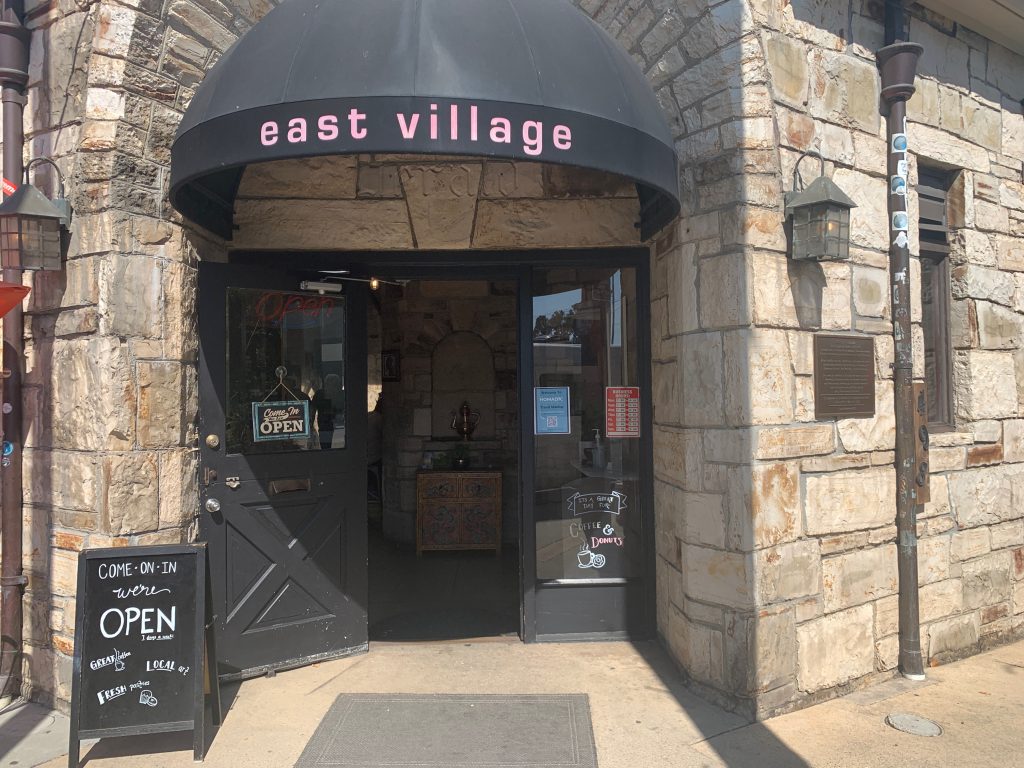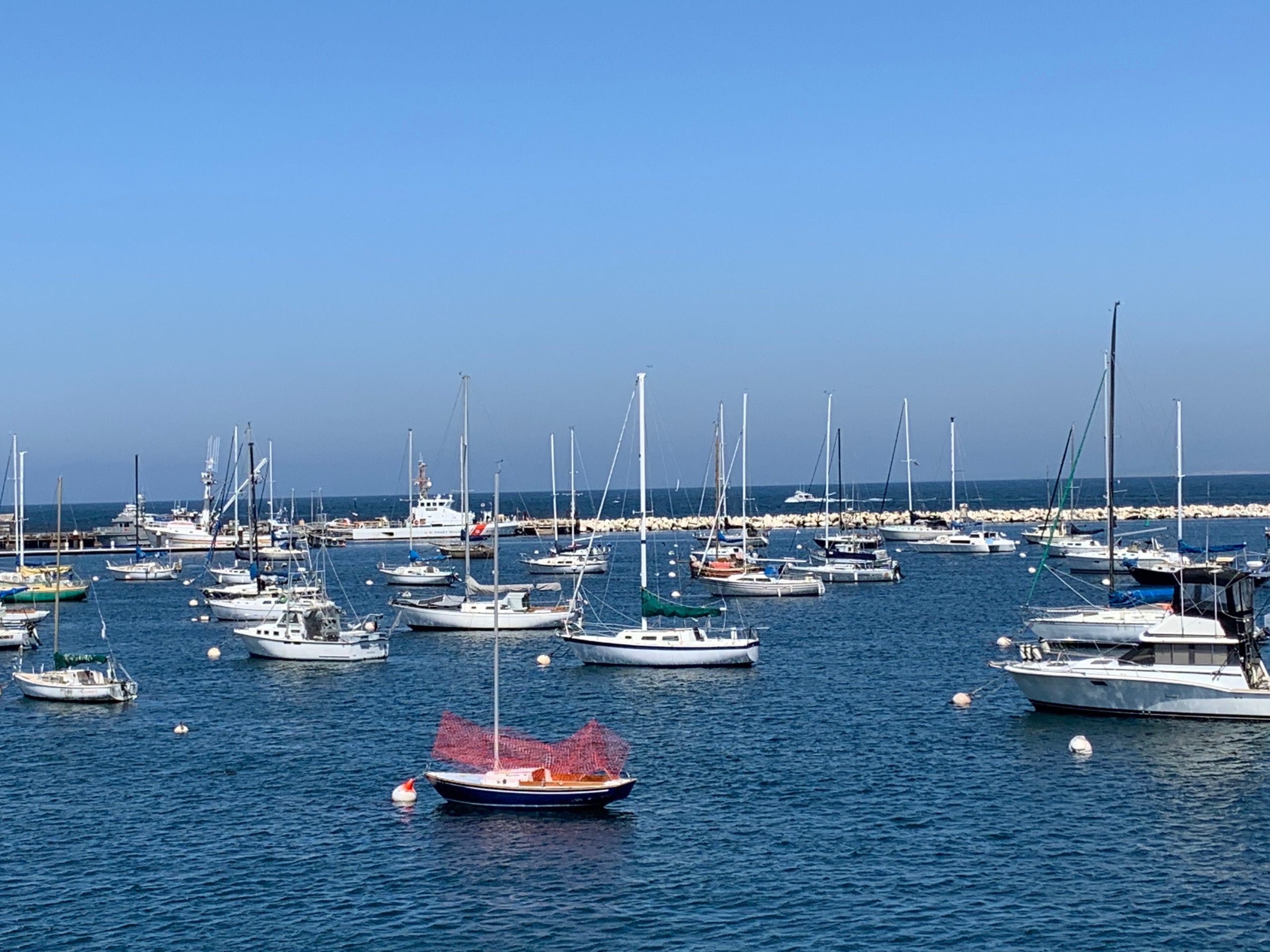Hello everyone! My 11 week internship with the NOAA Marine Protected Areas Center has officially ended on August 19th. While I provided updates on my internship in my last two posts, I hope to do more of a reflection in this blog post.
What did you accomplish with your host organization? What was the impact of your work?
My primary accomplishment with the NOAA MPA Center this summer was the development of a guidance report for sanctuary staff on the potential role and deployment of marine Carbon Dioxide Removal (mCDR) technologies in national marine sanctuaries. The report categorizes the six technologies based on their level of environmental risk—low, medium, or high—and then by their likely acceptance in sanctuaries—allow or encouraged, considered with caution for experimental scale, and considered with the utmost caution with regard to the precautionary principle. This guidance report was developed since there is increasing Congressional interest in marine CDR and results from a survey conducted with select Office of National Marine Sanctuary staff indicate there are external inquiries for mCDR deployment in sanctuaries as well as an interest among concerned parties in learning more about the subject. The guidance report will likely be distributed internally to sanctuary staff and hopefully published in NOAA’s Conservation Series to expand its impact to MPA staff and beyond.
Describe the benefits of this experience for you professionally and personally?
There were numerous benefits I gained from this internship both professionally and personally. Professionally, this project has brought together my marine science background and my marine policy education that I am currently learning. This nexus has been a focus of my career goals and I am thrilled to have been able to conduct such research. It is my aim to be able to communicate marine science to a broad audience and generally have marine policy better reflect the sciences. Thus far, most of experience has consisted of local scientific research and interning with non-profits. Through this internship I was able to gain perspective on how our nation manages and protects our marine resources. Next, I hope to use my past experiences to learn more about marine resource management on an international scale.
Since I am still young in my career, this internship is one of the few longer term working experiences I have had. It took some adjustment going from a school schedule to a work schedule and I felt myself taking many breaks. However, I enjoyed the work-life balance I developed for myself and felt that it was actually possible to achieve. Additionally, I personally really enjoyed my co-workers and engaging with them on a day-to-day basis which made it easier to take on the work day everyday.
Did your experience provide any unexpected discovery, self-reflection, or epiphany?
During my internship, I had the great fortune of having incredible supervisors, Lauren Wenzel, MPA Center Director and Zac Cannizzo, Climate Coordinator. Lauren and Zac, along with her numerous responsibilities, gave much of their time and effort to the interns on both the intern’s projects and professional development. For my main project, they consistently highlighted the importance of my contribution and spent a significant amount of time providing suggestions and revisions. Lauren and Zac often looped me into NOAA meetings so I could learn about various projects and initiatives and would introduce me to different NOAA professionals. I am so fortunate to say that Lauren and Zac were great examples of truly good leadership. Moreover, it is great to witness inspiring woman in leadership in such a male dominated field. It is my only hope that everyone can have this positive leadership experience in their working career.
Thank you to The Center for Blue Economy, CBE donors, MIIS professors, and NOAA staff for a great summer internship!
Although my internship was remote, below are some images of meeting locations for my internship that were in-person:









